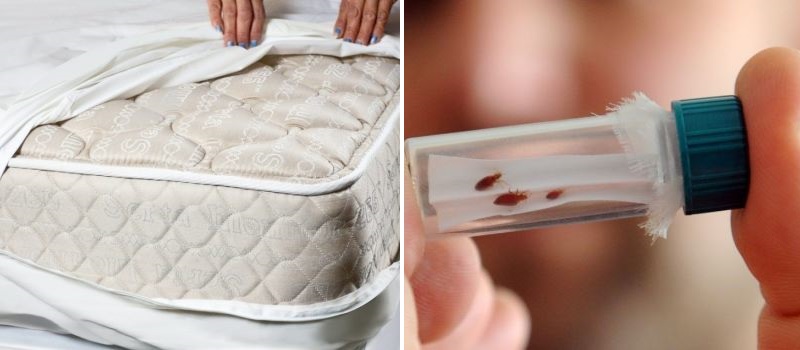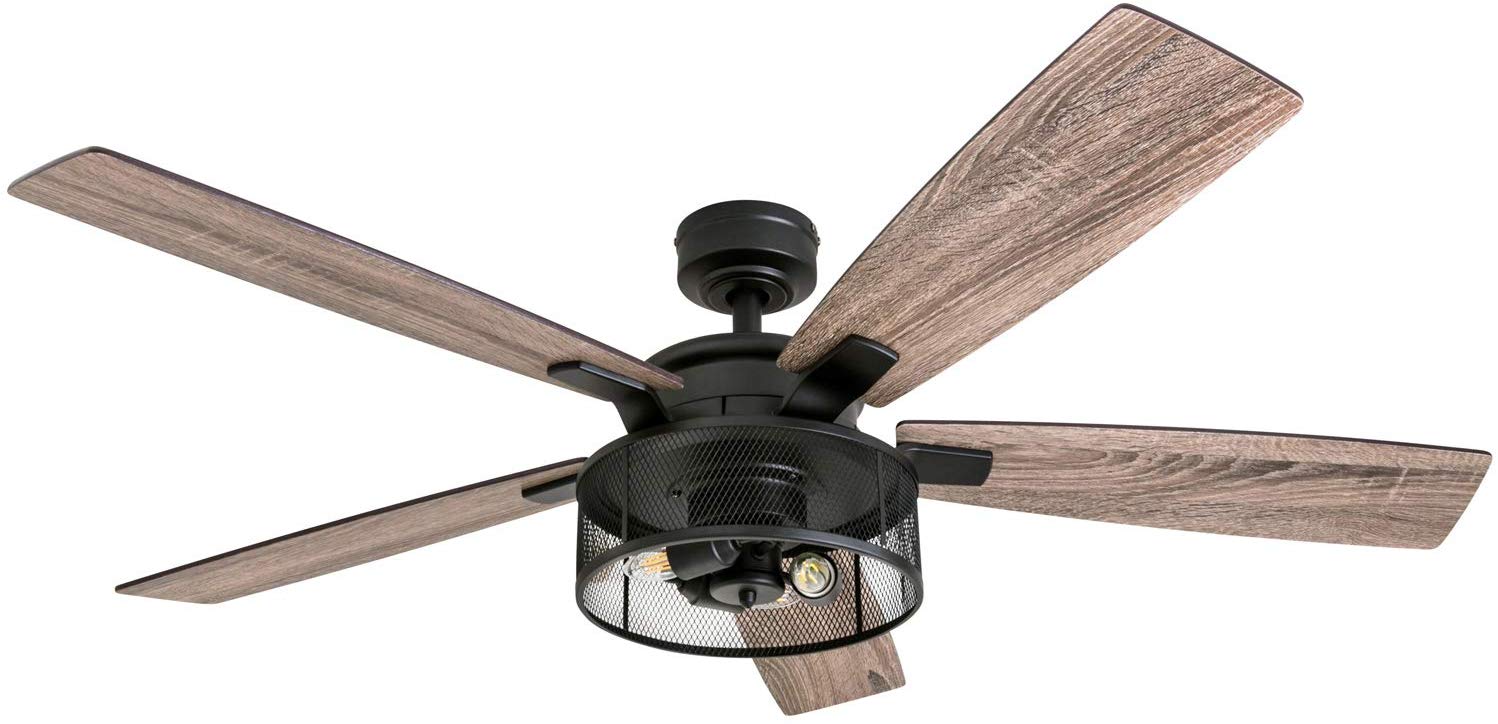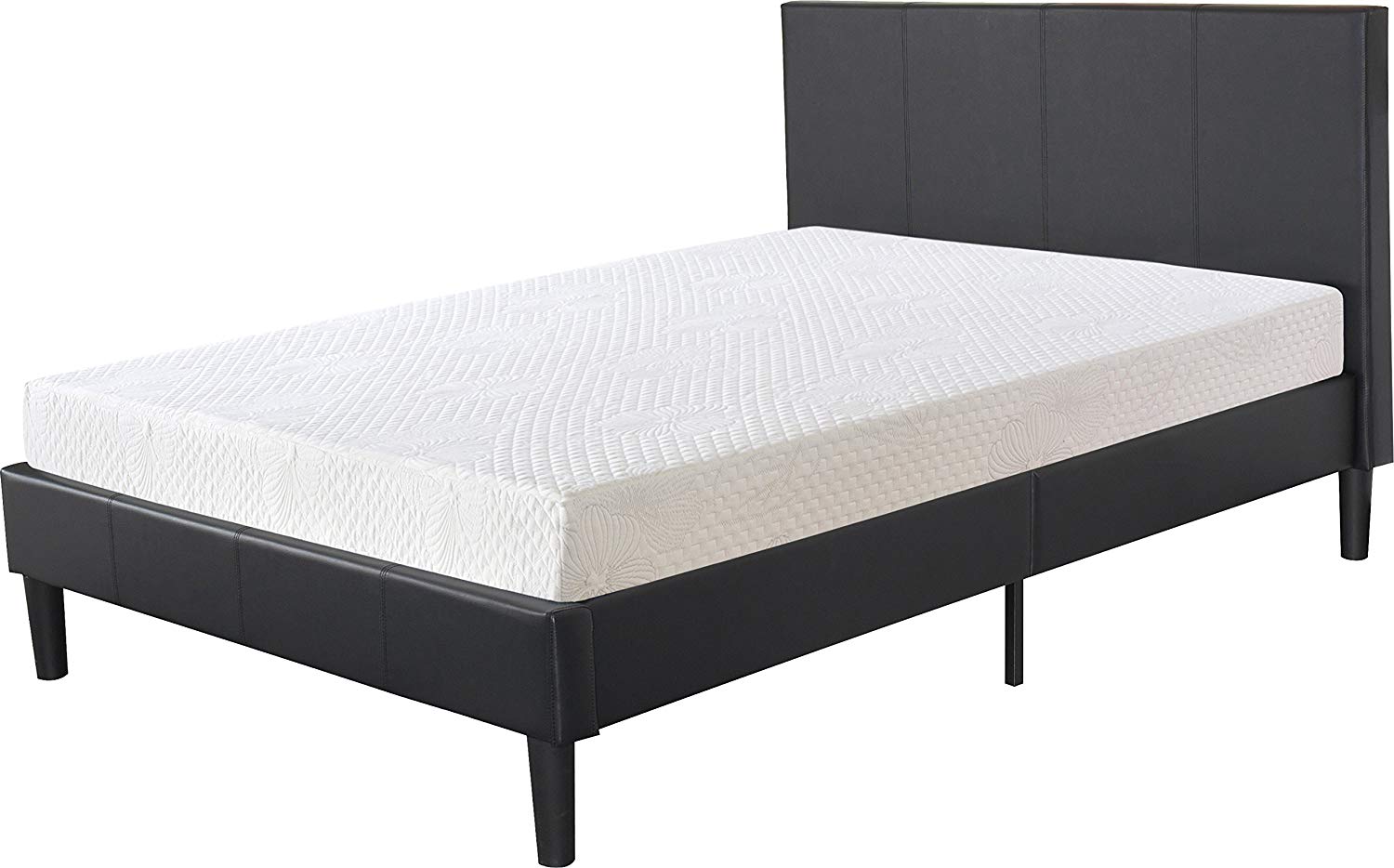If you're dealing with a bed bug infestation, you know how frustrating and difficult it can be to get rid of these pesky insects. Not only do they cause itchy bites, but they can also spread quickly and infest your entire home. One of the most effective ways to protect your bed from bed bugs is by using a mattress protector. Here's a guide on how to use a mattress protector for bed bugs.How to Use a Mattress Protector for Bed Bugs
The short answer is yes, mattress protectors do work for bed bugs. These protective covers are designed to encase your entire mattress and prevent bed bugs from entering or escaping. They create a physical barrier that makes it difficult for bed bugs to reach you while you sleep. However, it's important to note that a mattress protector alone may not be enough to completely eliminate a bed bug infestation. It should be used in combination with other treatment methods for best results.Do Mattress Protectors Work for Bed Bugs?
Using a mattress protector for bed bugs offers several benefits. Firstly, it provides a barrier between you and the bed bugs, reducing the chances of getting bitten. It also helps contain any existing bed bugs on your mattress, preventing them from spreading to other areas of your home. Additionally, mattress protectors are easy to clean and can be washed regularly to get rid of any bed bugs or eggs that may be present. They also protect your mattress from stains, spills, and general wear and tear, extending its lifespan.Benefits of Using a Mattress Protector for Bed Bugs
There are various types of mattress protectors available in the market, but not all are created equal when it comes to bed bug protection. The most effective type is an encasement-style protector that fully encloses your mattress and has a zipper closure. These are usually made of a tightly woven fabric that is impenetrable by bed bugs. Some also come with a waterproof layer for added protection. Other options include fitted sheet-style protectors, which cover the top and sides of the mattress but leave the bottom exposed, and flat sheet-style protectors, which only cover the top surface of the mattress.Types of Mattress Protectors for Bed Bugs
When choosing a mattress protector for bed bugs, make sure to look for one that is specifically designed for this purpose. Look for products that are labeled as "bed bug proof" or "bed bug certified." It's also important to check the size of the protector and make sure it fits your mattress snugly. The material of the protector should be breathable and comfortable to sleep on, and the zipper should be high quality and tightly sealed to prevent any bed bugs from escaping.How to Choose the Right Mattress Protector for Bed Bugs
Using a mattress protector for bed bugs is a simple process. Start by removing all bedding and vacuuming your mattress thoroughly. Next, put on a protective cover and zip it closed, making sure there are no gaps or tears. If you have a box spring, it's recommended to cover that as well. Once the protector is in place, make your bed as normal with clean sheets and bedding. Remember to regularly wash and dry your protector on high heat to kill any bed bugs or eggs that may be present.Steps for Using a Mattress Protector for Bed Bugs
While mattress protectors are an effective way to protect your bed from bed bugs, it's important to take some precautions to ensure their effectiveness. Firstly, make sure to regularly inspect your mattress protector for any signs of damage and replace it if necessary. Also, avoid placing your bed against the wall or any other furniture, as this can provide easy access for bed bugs to crawl onto your bed. Lastly, if you are using a box spring cover, make sure it is fully sealed to prevent any bed bugs from escaping.Precautions to Take When Using a Mattress Protector for Bed Bugs
Mattress protectors for bed bugs should be replaced every 1-2 years, depending on the quality and frequency of use. If you notice any signs of damage, such as tears or holes, it's important to replace the protector immediately. Regularly washing and drying your protector on high heat can also help extend its lifespan and effectiveness.How Often Should You Replace Your Mattress Protector for Bed Bugs?
While mattress protectors are not 100% effective in preventing a bed bug infestation, they can be used as a preventative measure. If you live in an area prone to bed bugs or have recently traveled, using a mattress protector can help reduce the risk of bringing bed bugs into your home. It's also a good idea to inspect and wash your protector regularly to catch any bed bugs early on.Can You Use a Mattress Protector as a Preventative Measure for Bed Bugs?
In addition to using a mattress protector, there are other ways to protect your bed from bed bugs. These include regularly vacuuming your mattress and box spring, using bed bug interceptors under your bed legs, and sealing any cracks or crevices in your bedroom. It's also important to be vigilant and regularly check for any signs of a bed bug infestation, such as blood spots on your sheets or mattress, dark spots (fecal matter) on your mattress, or live bed bugs.Other Ways to Protect Your Bed from Bed Bugs
The Importance of Using a Mattress Protector for Bed Bugs

Protect Your Health and Home from Bed Bugs
How Do Mattress Protectors Help?
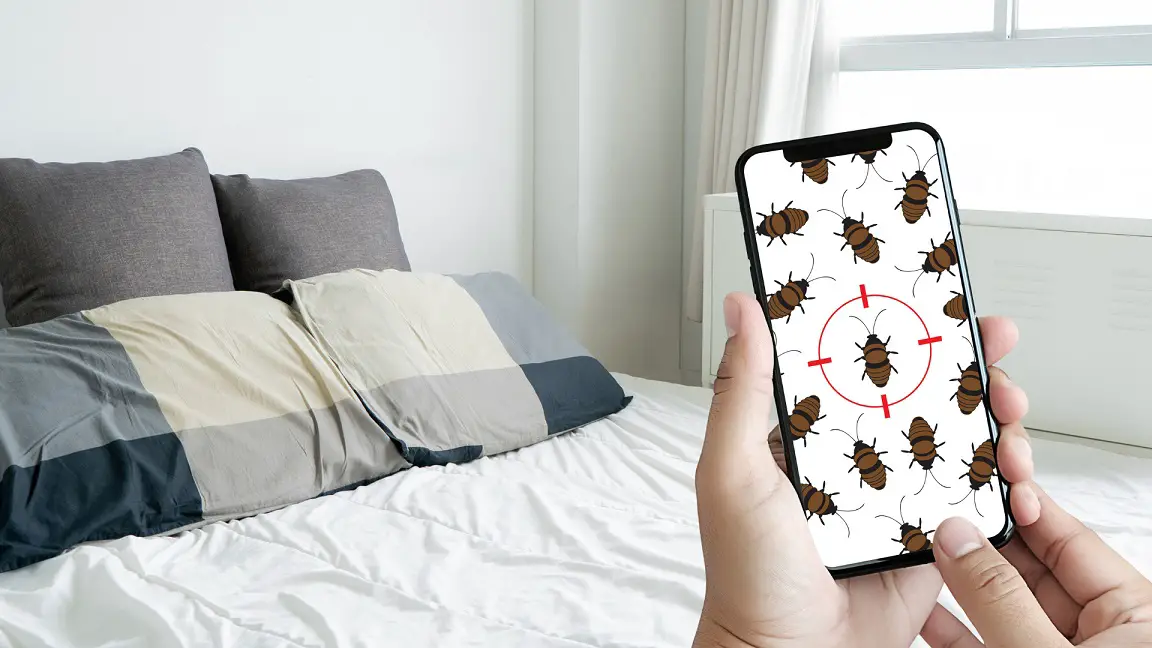 Mattress protectors are specially designed covers that encase your mattress and act as a barrier against bed bugs. They are made with tight, durable fabrics that are impermeable to bed bugs, preventing them from entering and infesting your mattress. Additionally, mattress protectors can also protect your mattress from spills, stains, and other allergens, keeping it clean and prolonging its lifespan.
Mattress protectors are specially designed covers that encase your mattress and act as a barrier against bed bugs. They are made with tight, durable fabrics that are impermeable to bed bugs, preventing them from entering and infesting your mattress. Additionally, mattress protectors can also protect your mattress from spills, stains, and other allergens, keeping it clean and prolonging its lifespan.
Why Should You Use a Mattress Protector for Bed Bugs?
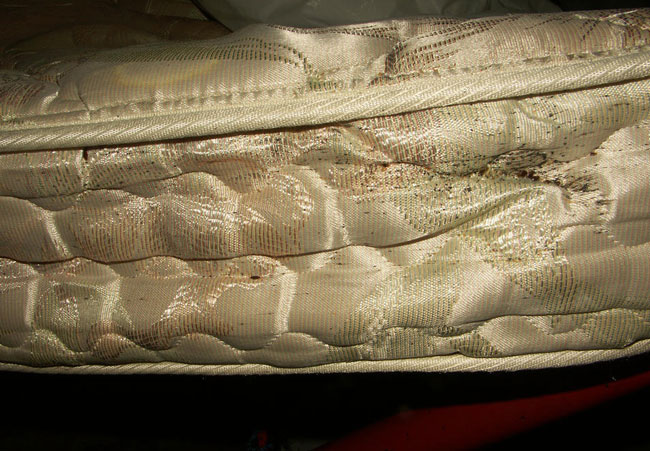 Bug-Proof Your Home
Using a mattress protector is an effective way to keep bed bugs away from your home. These covers completely encase your mattress, preventing bed bugs from entering and hiding in the crevices and seams of your mattress. This reduces the risk of a bed bug infestation in your home, saving you from the hassle and cost of extermination.
Peace of Mind
Knowing that your mattress is protected from bed bugs can give you peace of mind while you sleep. You can rest easy knowing that you and your family are safe from these pesky pests. This is especially important for individuals with a fear of bed bugs or those who have experienced a bed bug infestation in the past.
Prevent Health Risks
Bed bugs are not only annoying but can also pose health risks. Their bites can cause itching, redness, and even allergic reactions in some people. Furthermore, bed bugs have been known to carry and transmit diseases such as Chagas disease. By using a mattress protector, you can reduce the chances of getting bitten and protect your health.
Easy to Maintain
Mattress protectors are easy to install and maintain. They can be removed and washed regularly, keeping your mattress clean and free of bed bugs and other allergens. This also helps to maintain the quality and lifespan of your mattress, saving you money in the long run.
Bug-Proof Your Home
Using a mattress protector is an effective way to keep bed bugs away from your home. These covers completely encase your mattress, preventing bed bugs from entering and hiding in the crevices and seams of your mattress. This reduces the risk of a bed bug infestation in your home, saving you from the hassle and cost of extermination.
Peace of Mind
Knowing that your mattress is protected from bed bugs can give you peace of mind while you sleep. You can rest easy knowing that you and your family are safe from these pesky pests. This is especially important for individuals with a fear of bed bugs or those who have experienced a bed bug infestation in the past.
Prevent Health Risks
Bed bugs are not only annoying but can also pose health risks. Their bites can cause itching, redness, and even allergic reactions in some people. Furthermore, bed bugs have been known to carry and transmit diseases such as Chagas disease. By using a mattress protector, you can reduce the chances of getting bitten and protect your health.
Easy to Maintain
Mattress protectors are easy to install and maintain. They can be removed and washed regularly, keeping your mattress clean and free of bed bugs and other allergens. This also helps to maintain the quality and lifespan of your mattress, saving you money in the long run.
Conclusion
 Using a mattress protector for bed bugs is a simple yet effective way to protect your health and home from these pesky pests. Investing in a high-quality, bug-proof mattress protector is a small price to pay for the peace of mind and protection it provides. Make sure to choose a protector that fits your mattress snugly and is made with durable, bed bug-proof fabric for maximum effectiveness. With a good mattress protector, you can sleep soundly knowing that your bed is safe and secure from bed bugs.
Using a mattress protector for bed bugs is a simple yet effective way to protect your health and home from these pesky pests. Investing in a high-quality, bug-proof mattress protector is a small price to pay for the peace of mind and protection it provides. Make sure to choose a protector that fits your mattress snugly and is made with durable, bed bug-proof fabric for maximum effectiveness. With a good mattress protector, you can sleep soundly knowing that your bed is safe and secure from bed bugs.


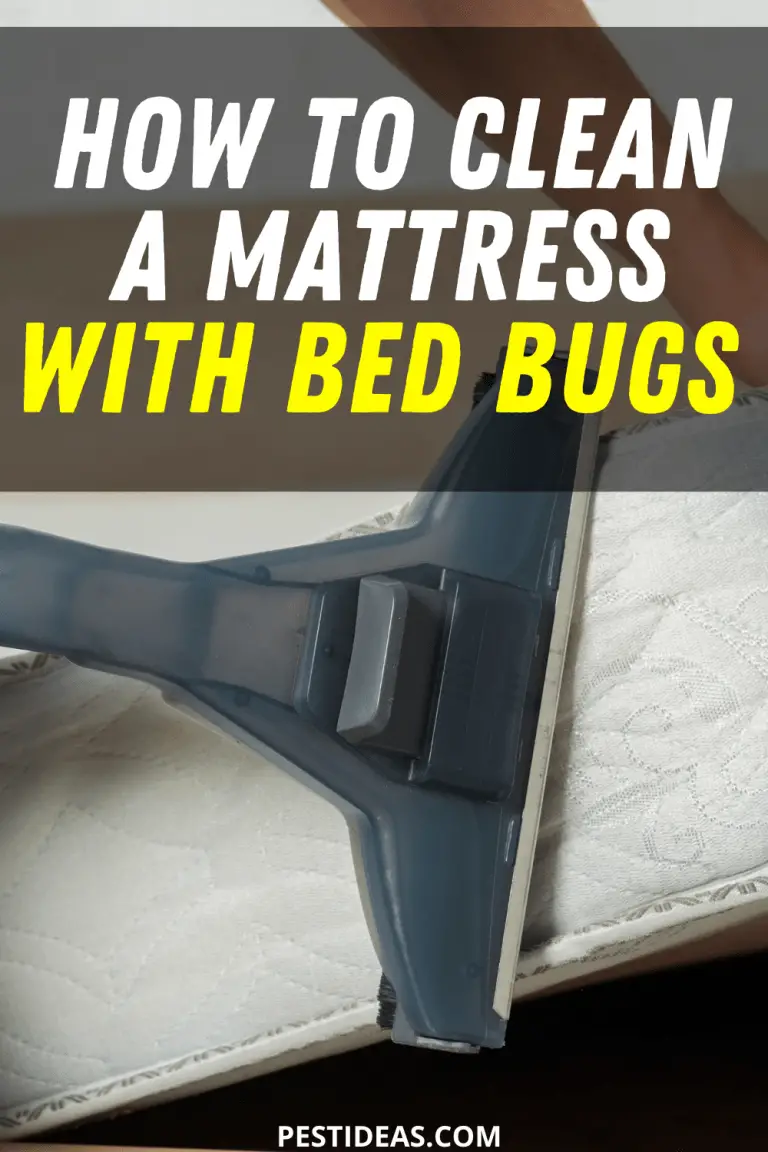

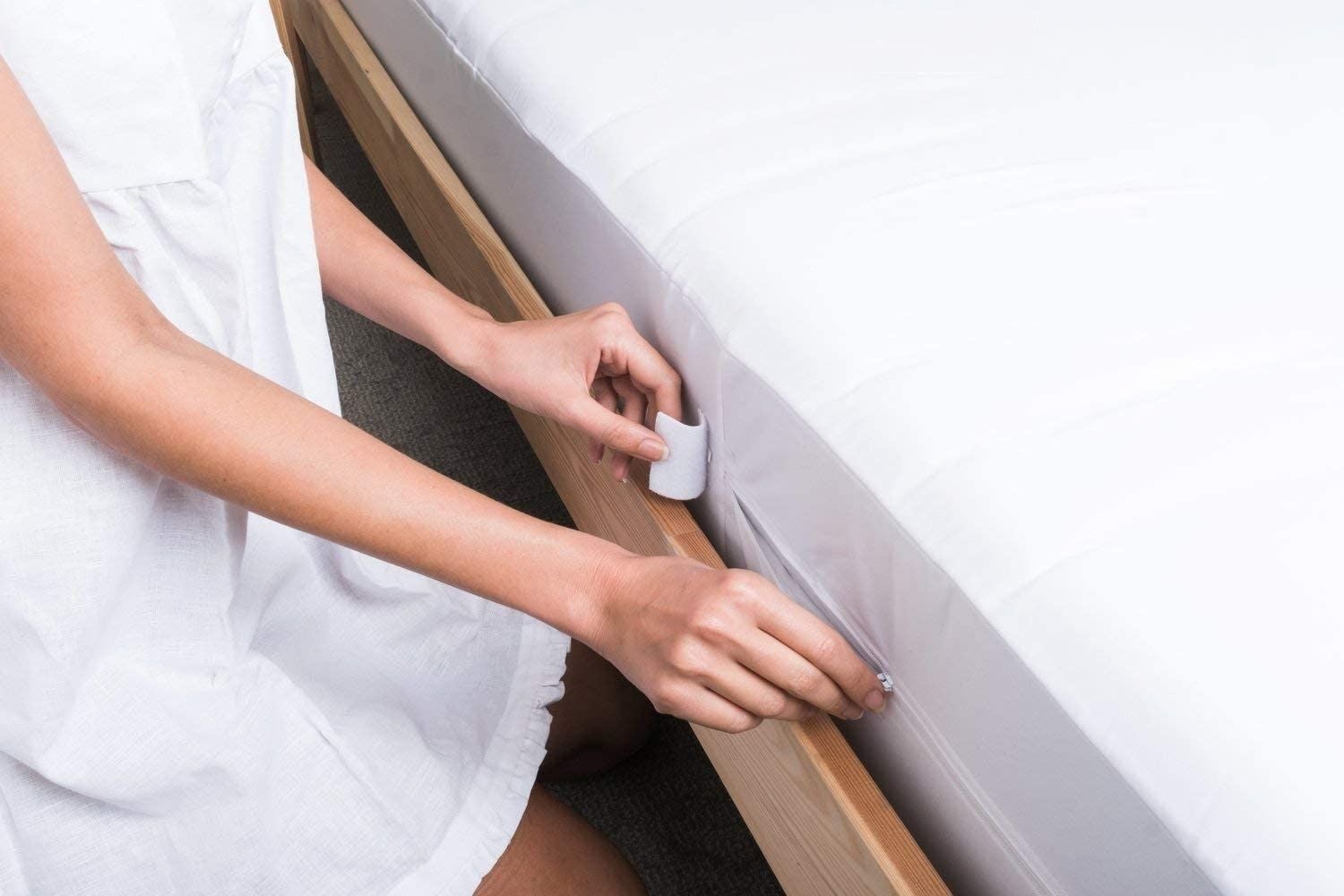


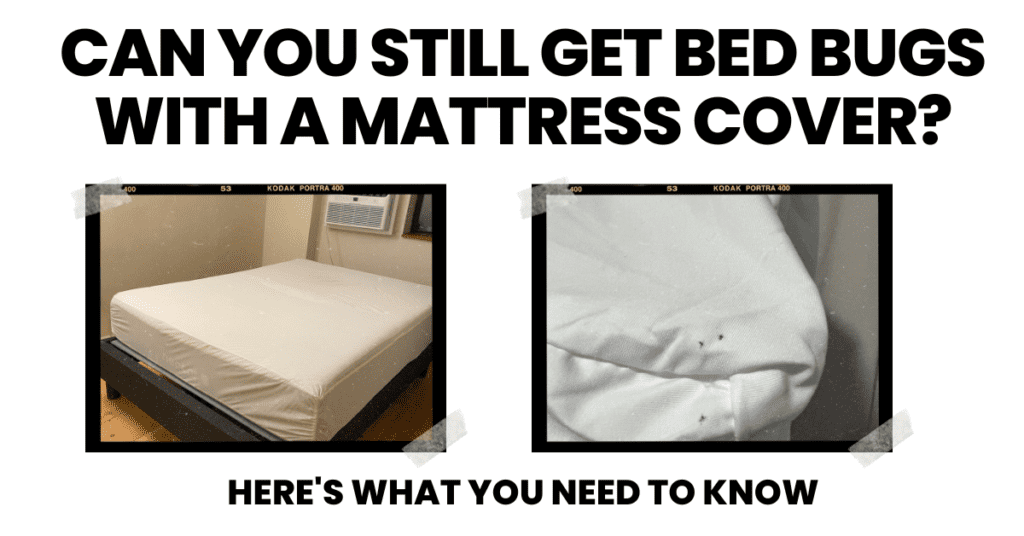




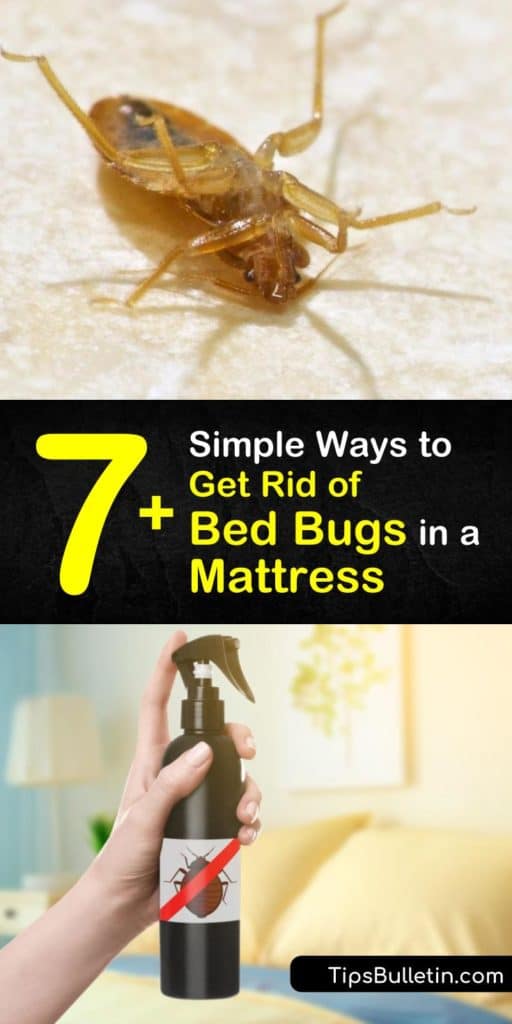



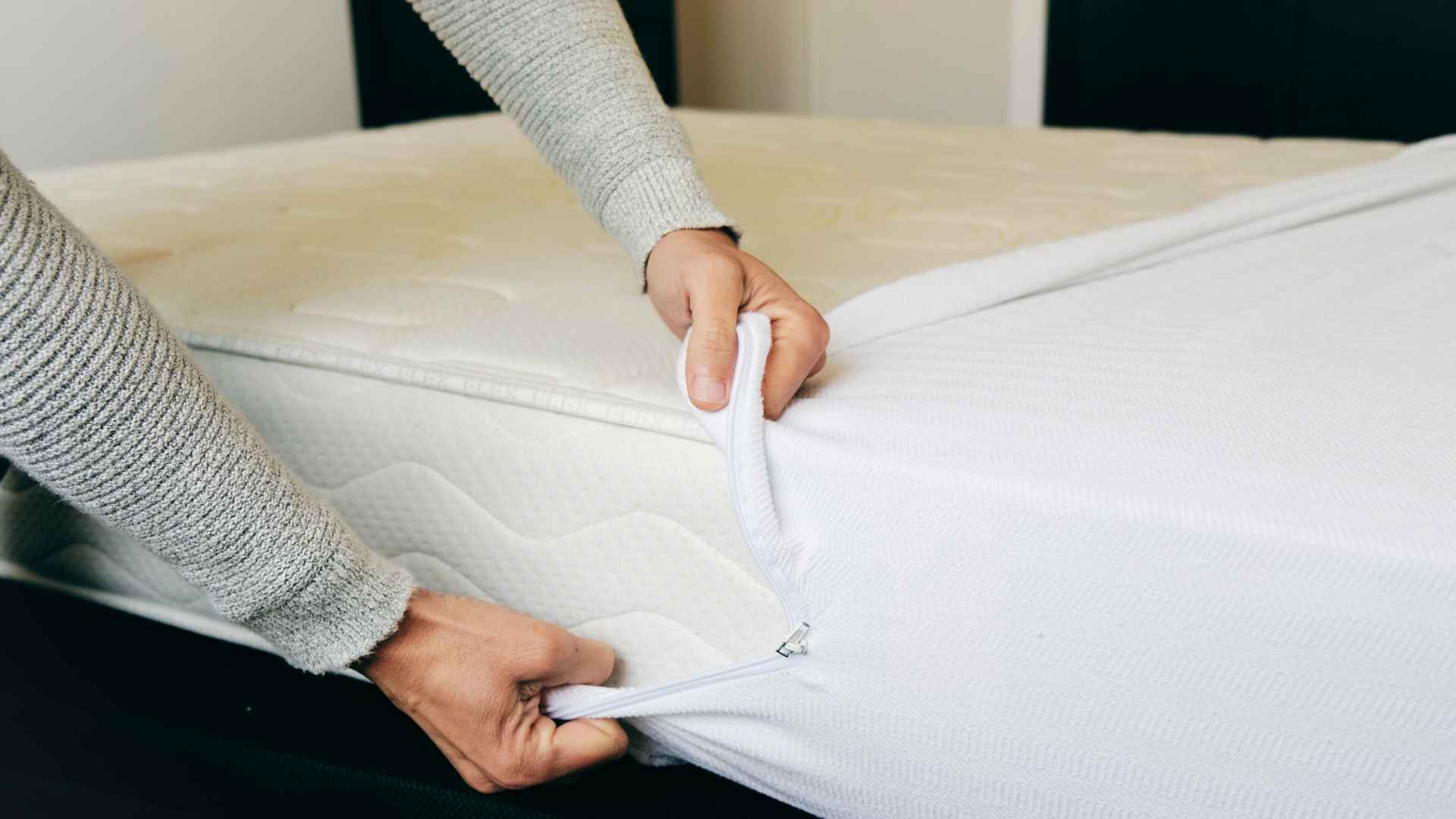
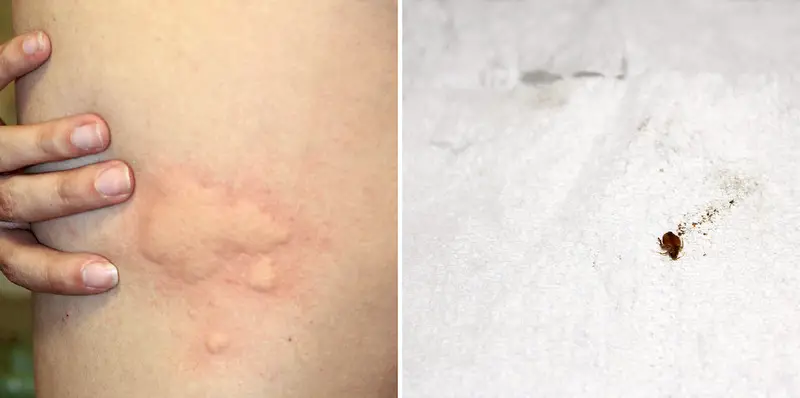
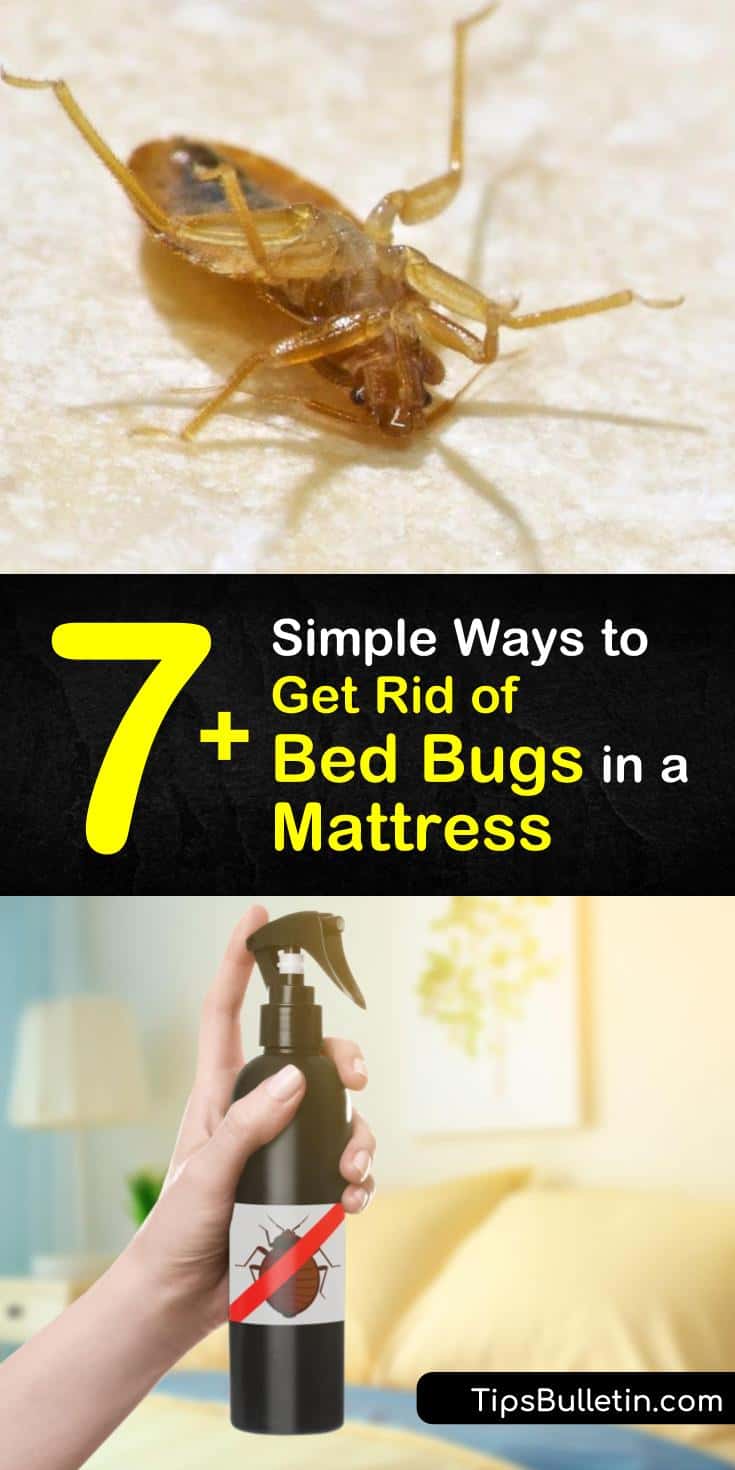

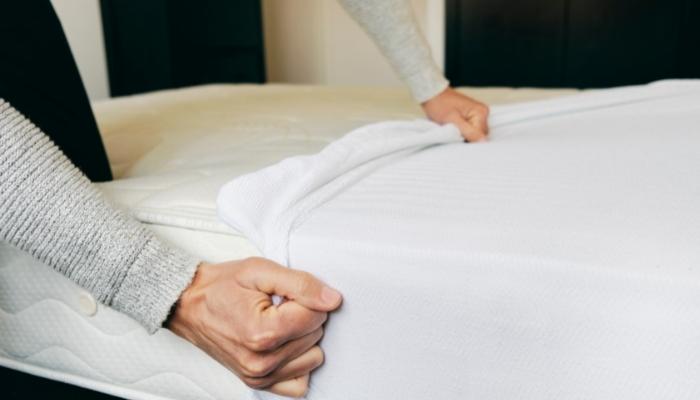

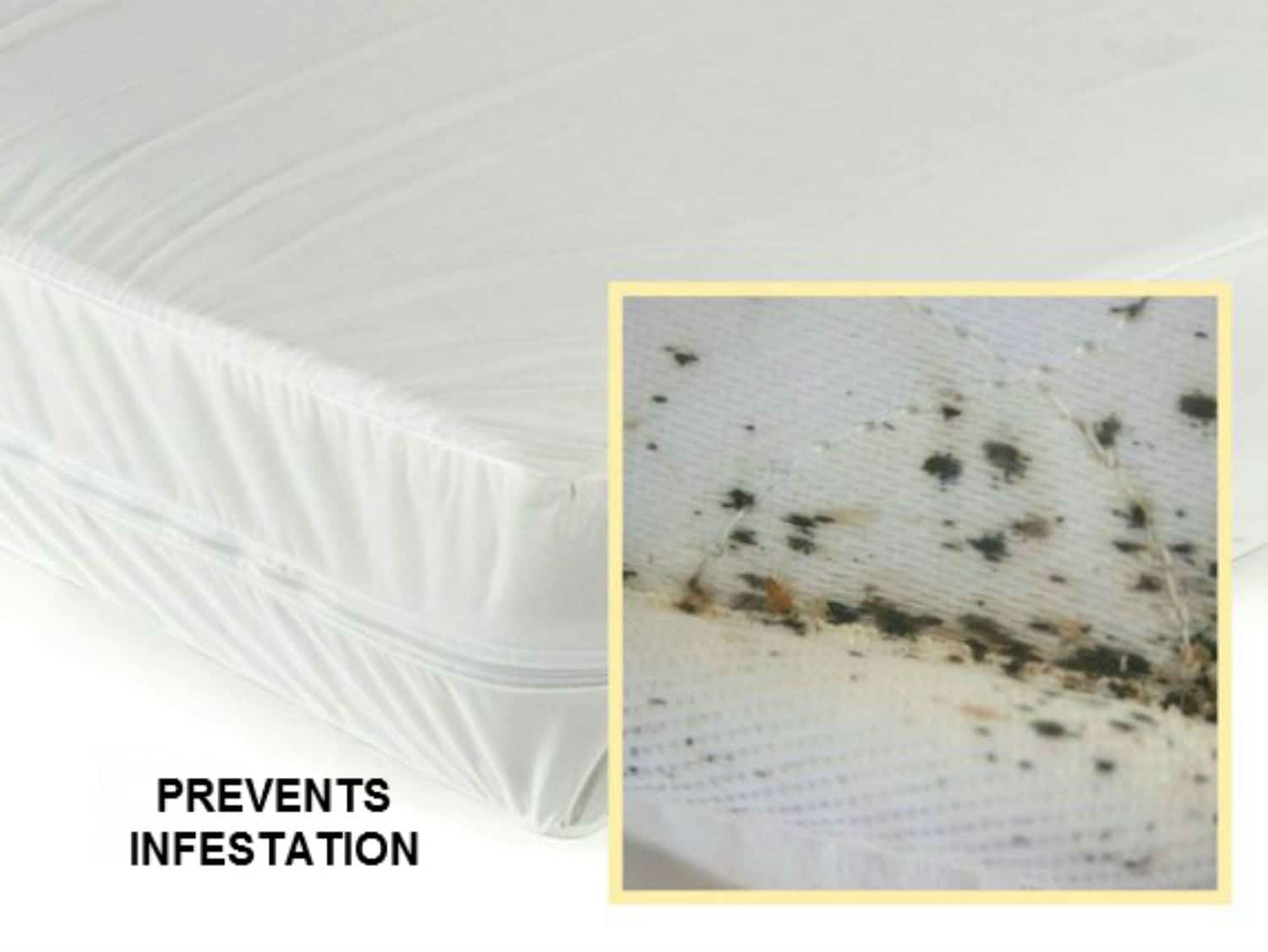
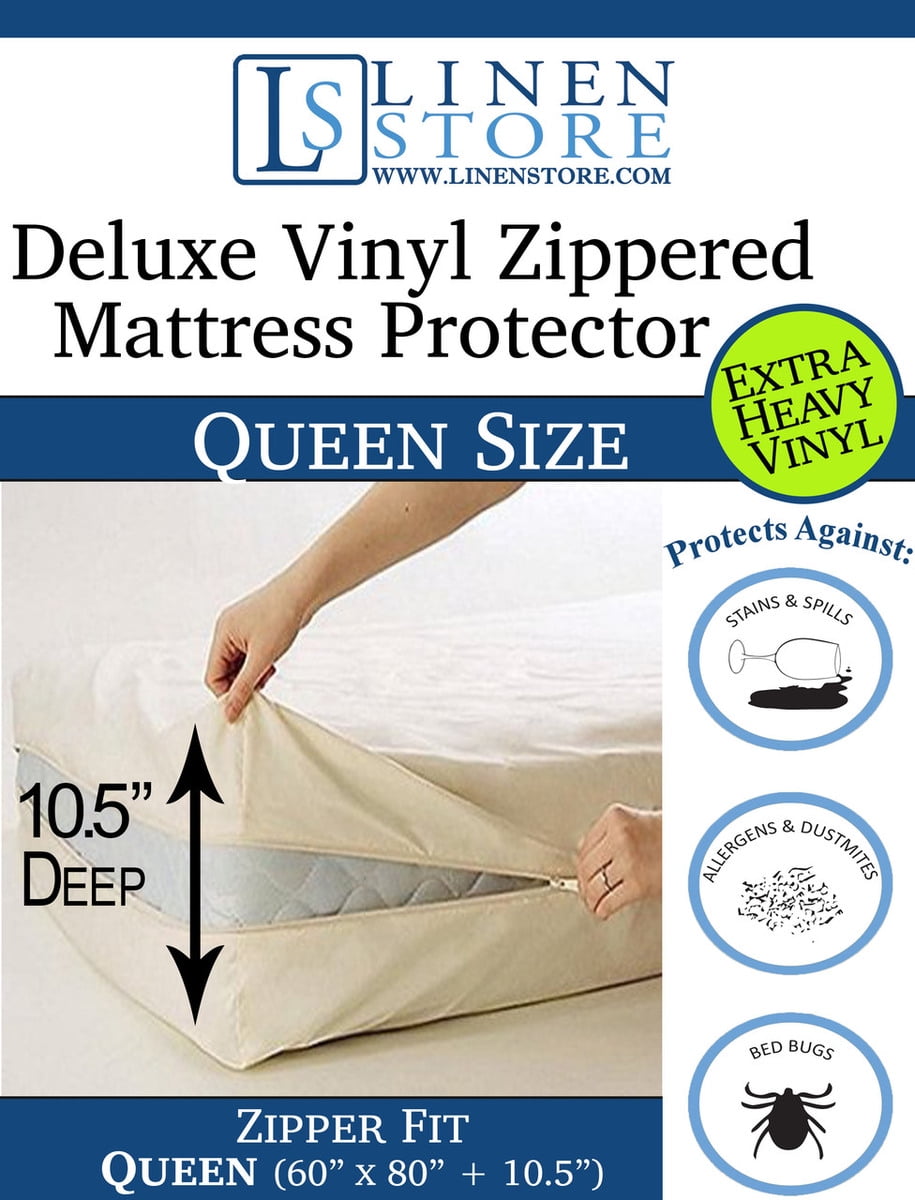


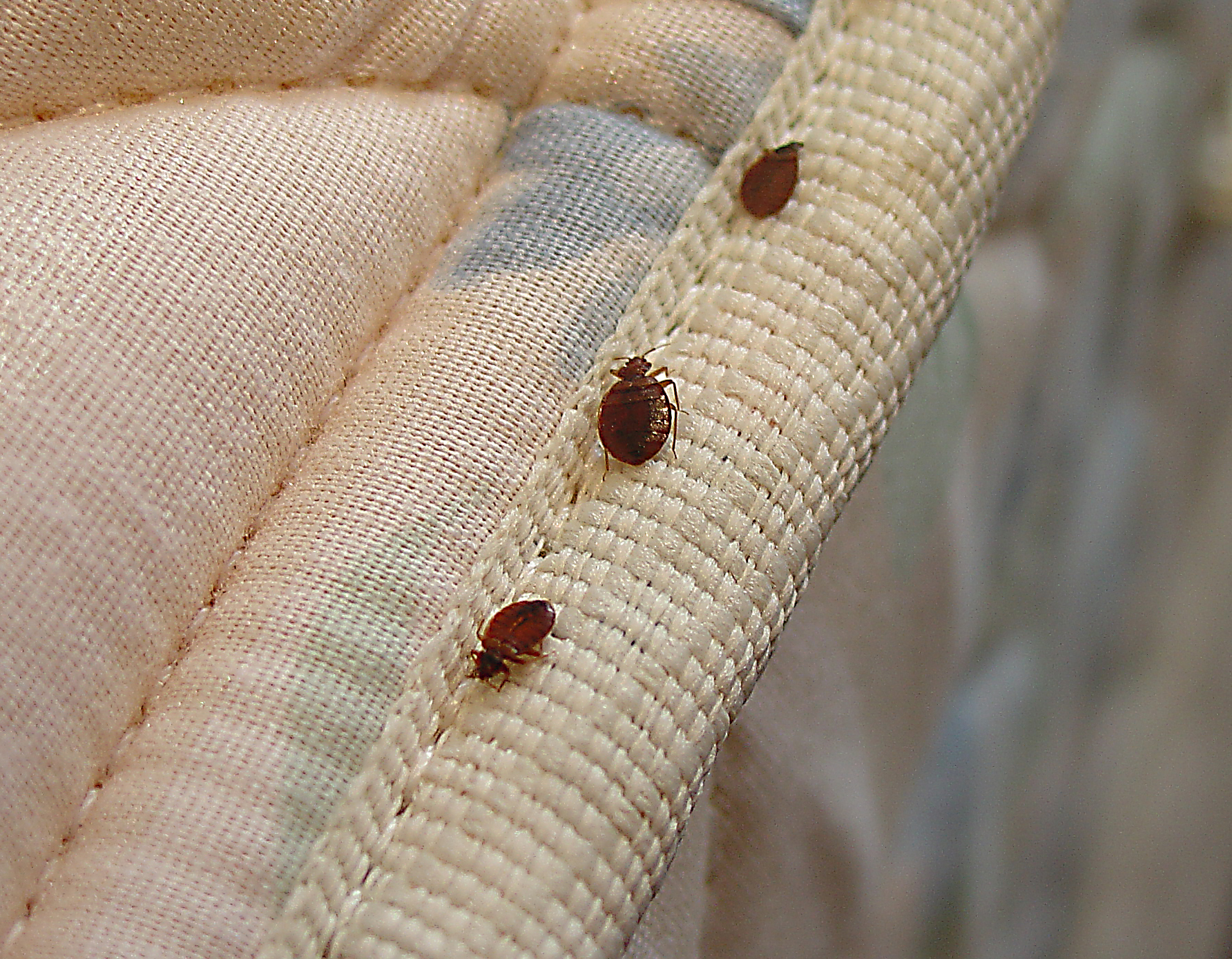

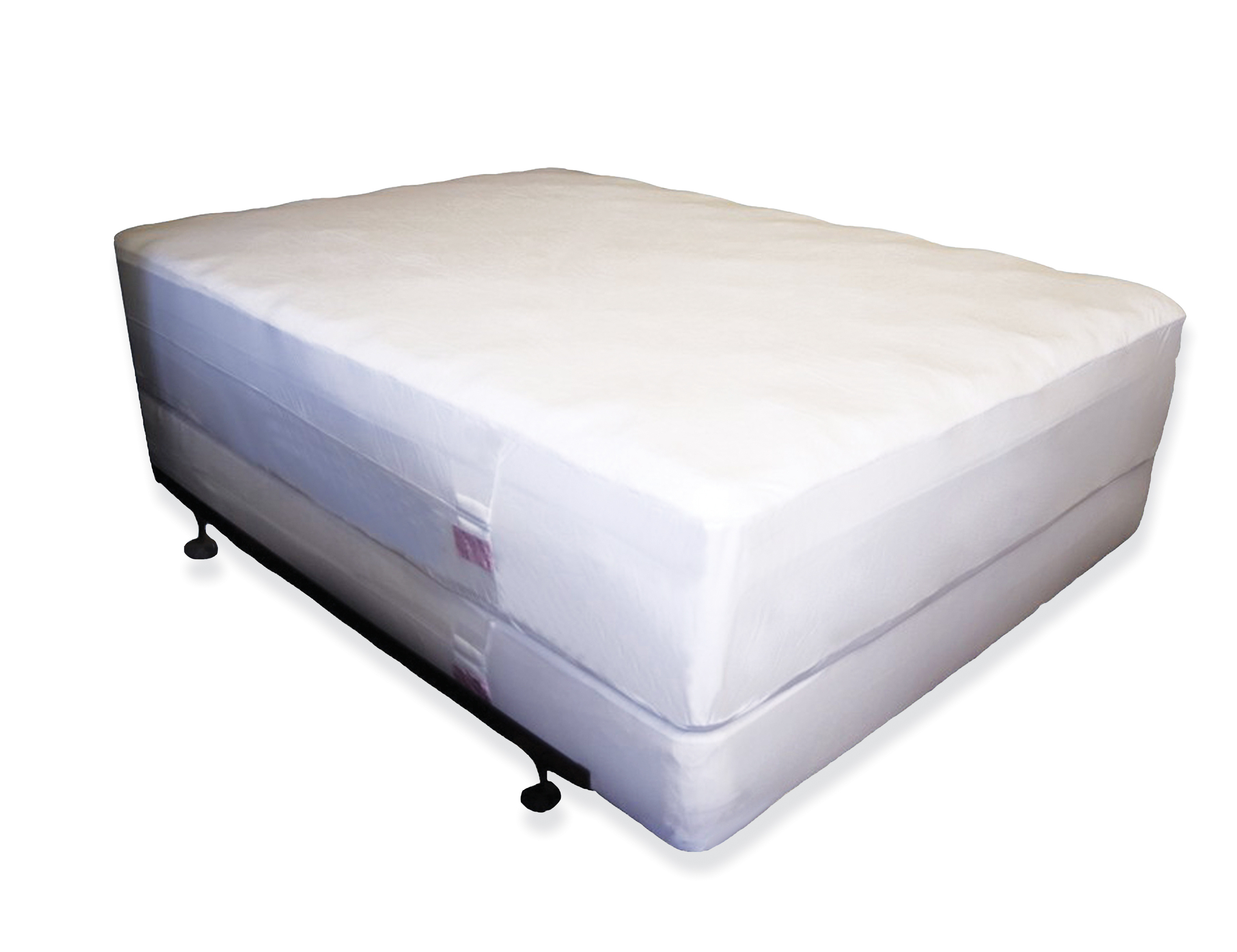

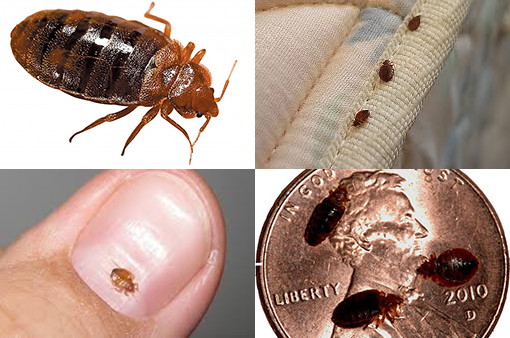


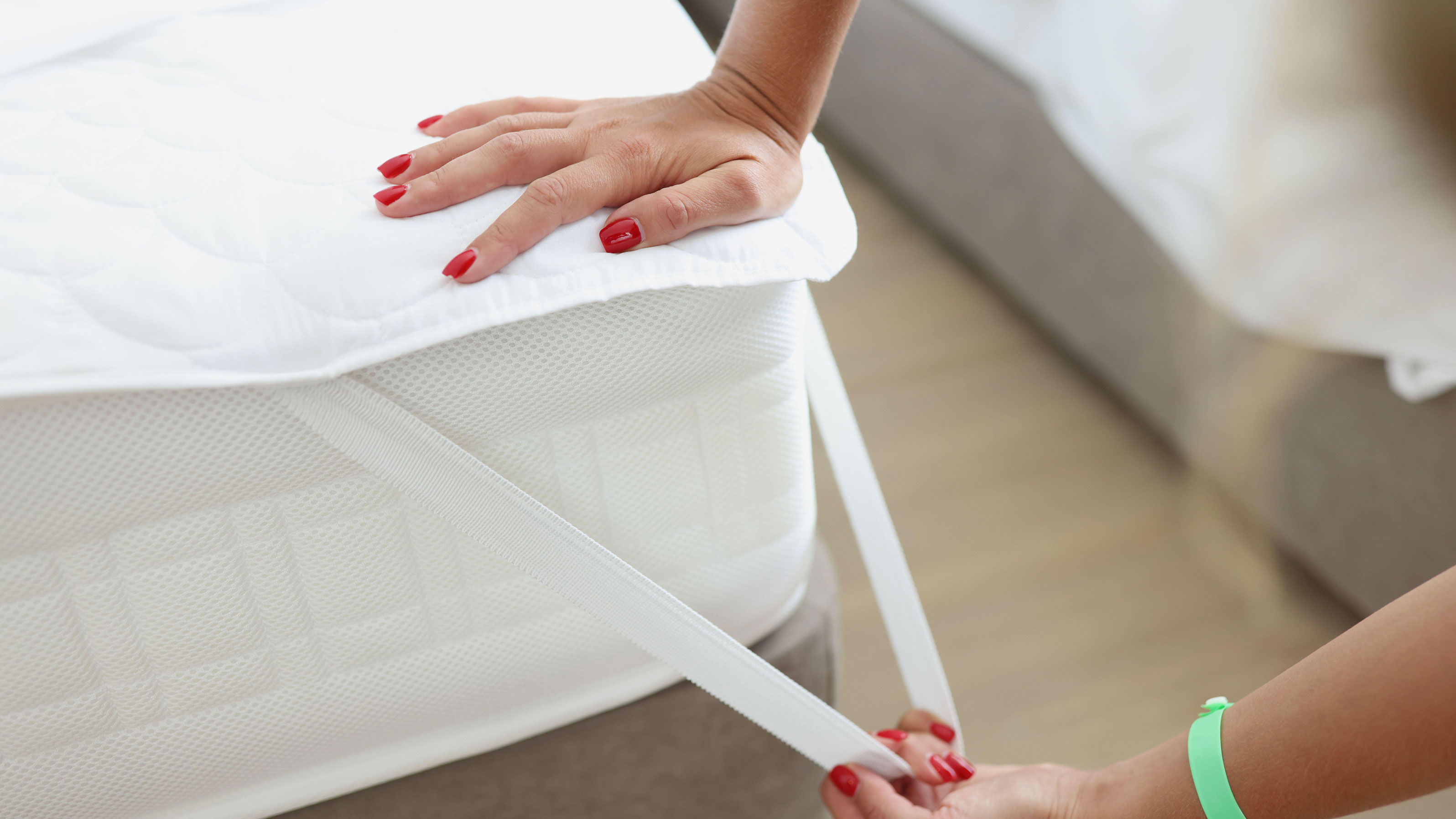


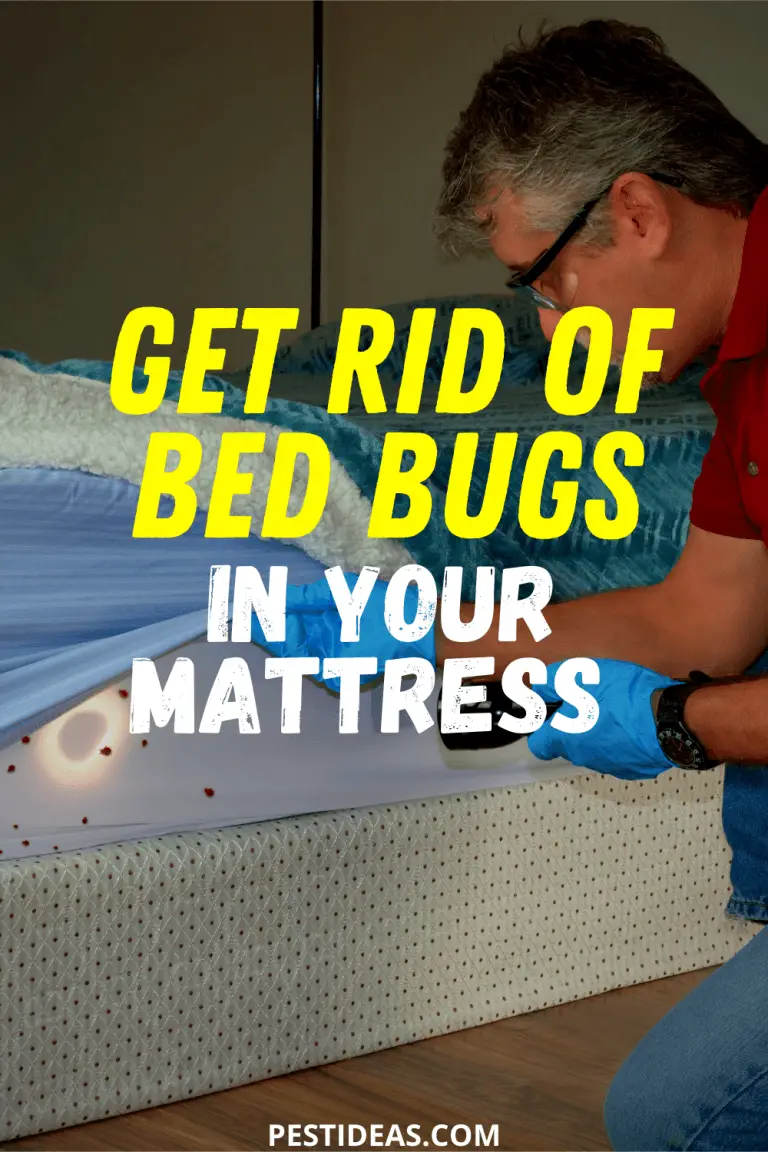







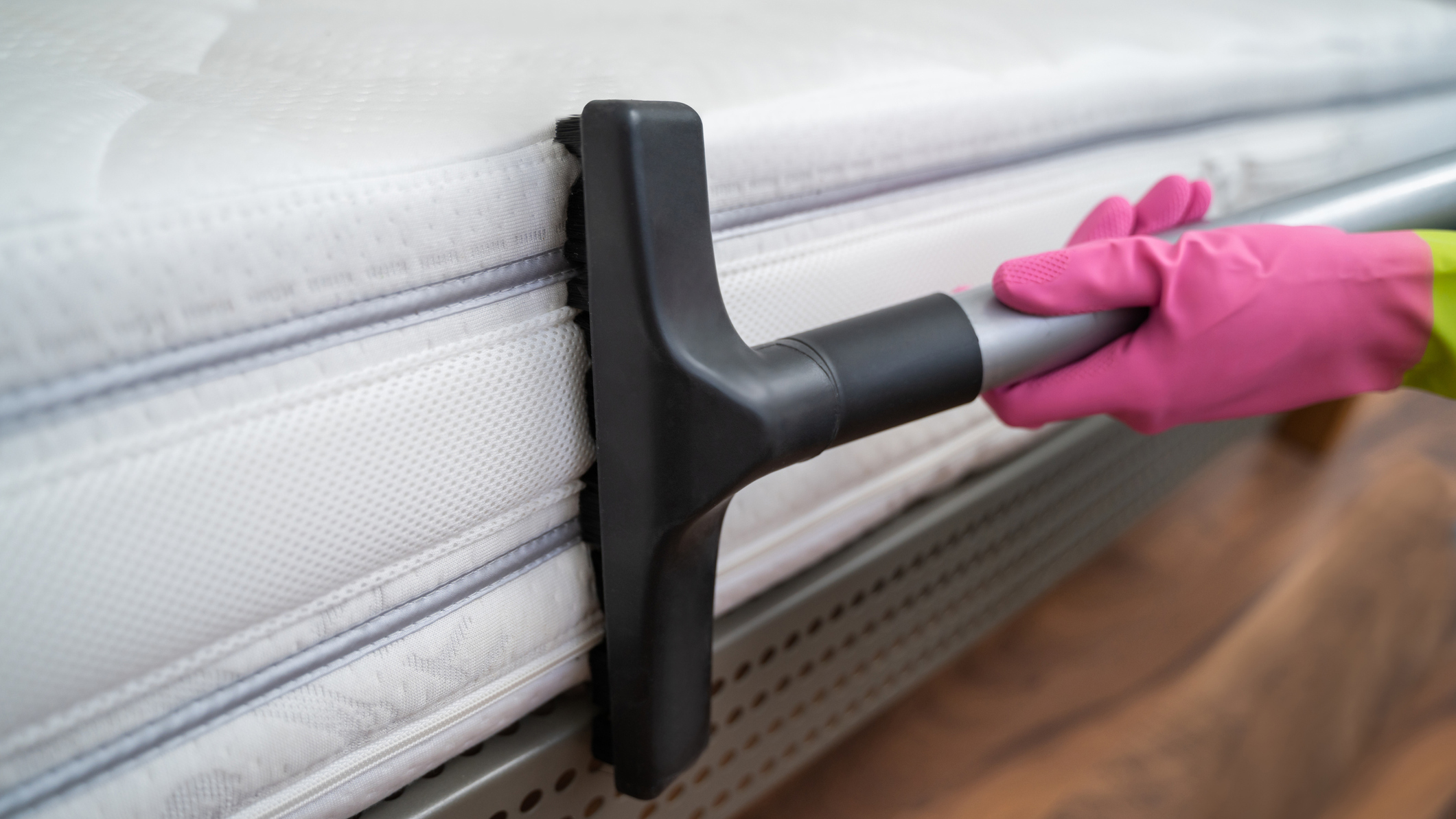


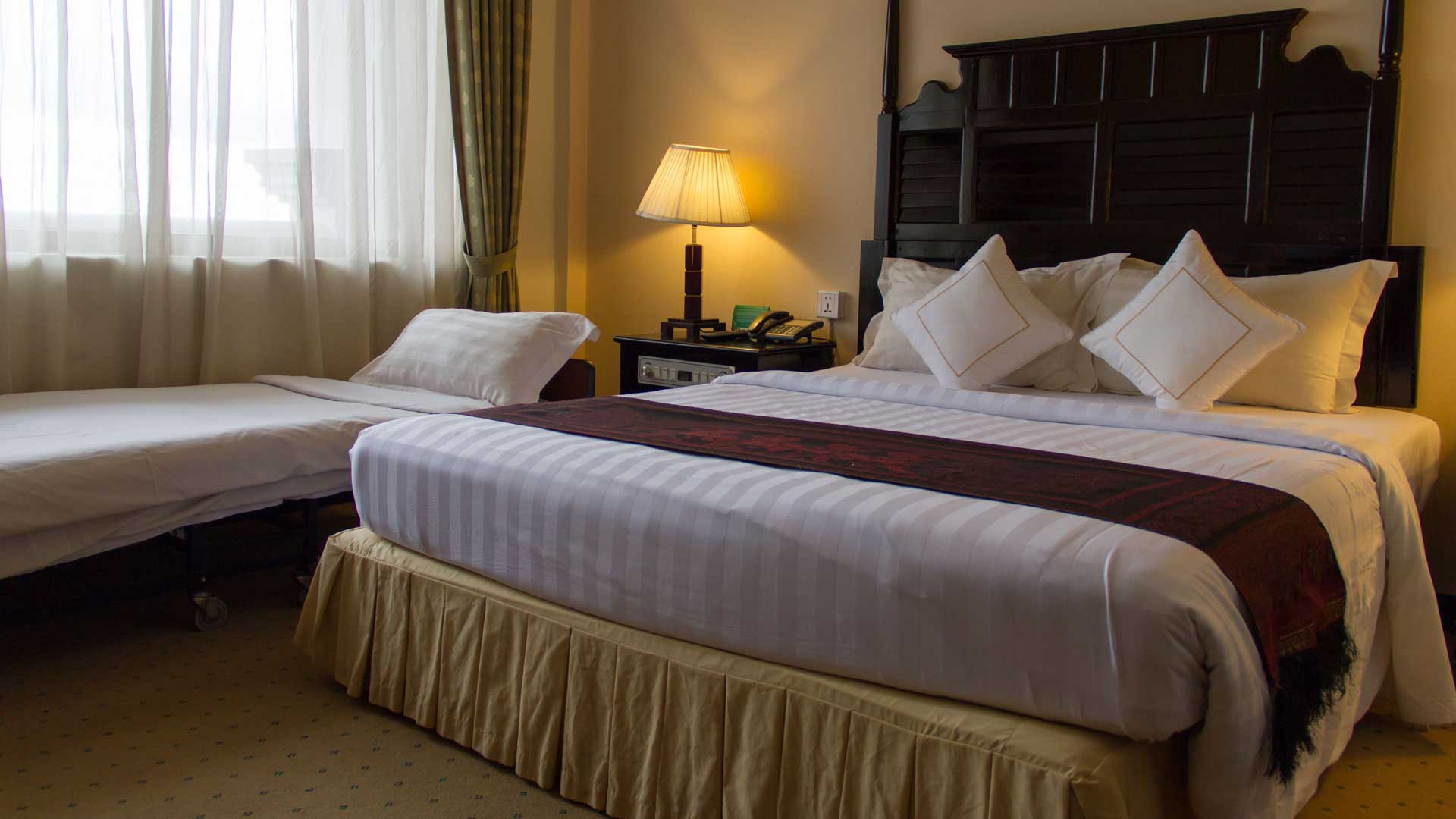
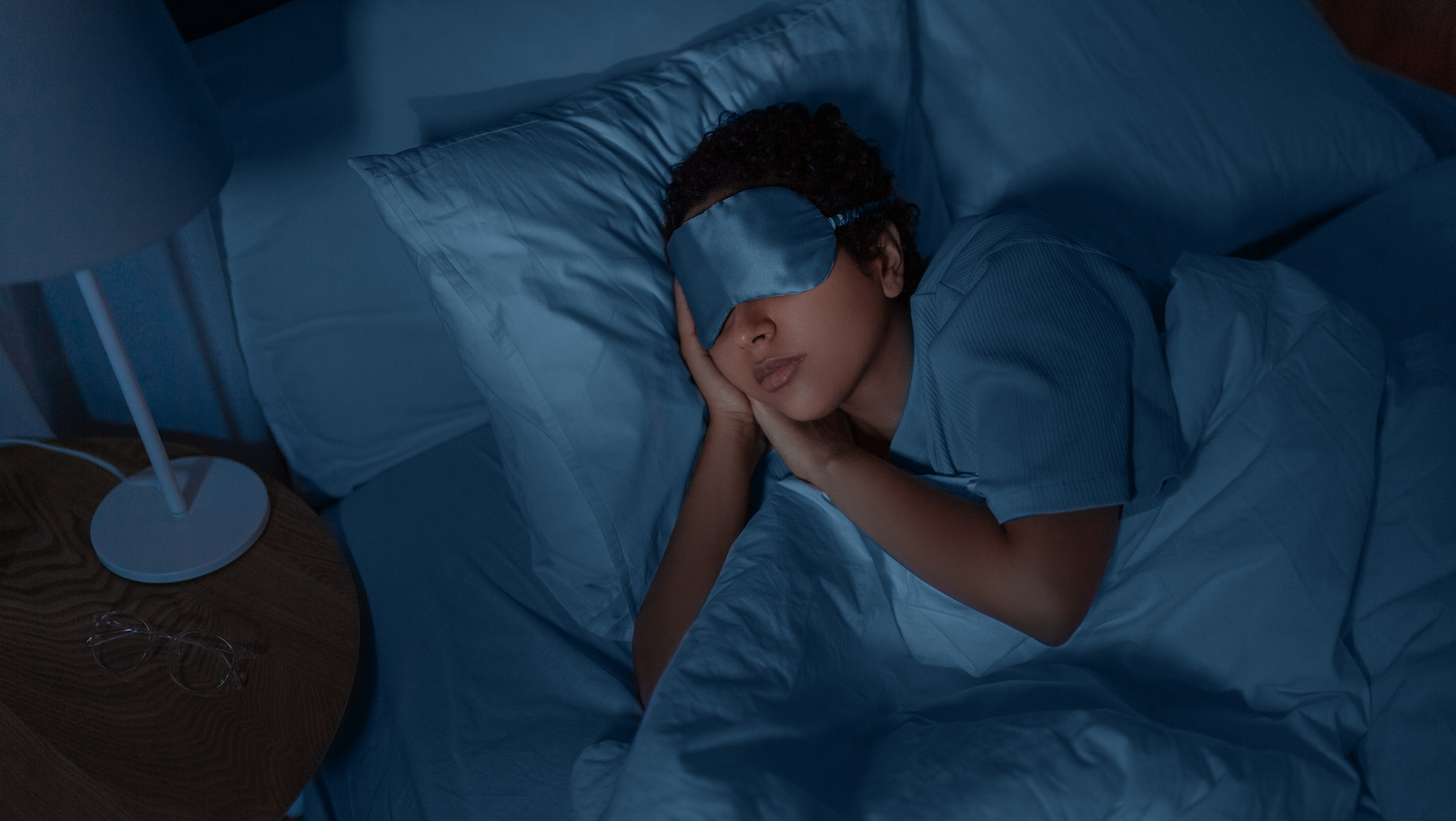







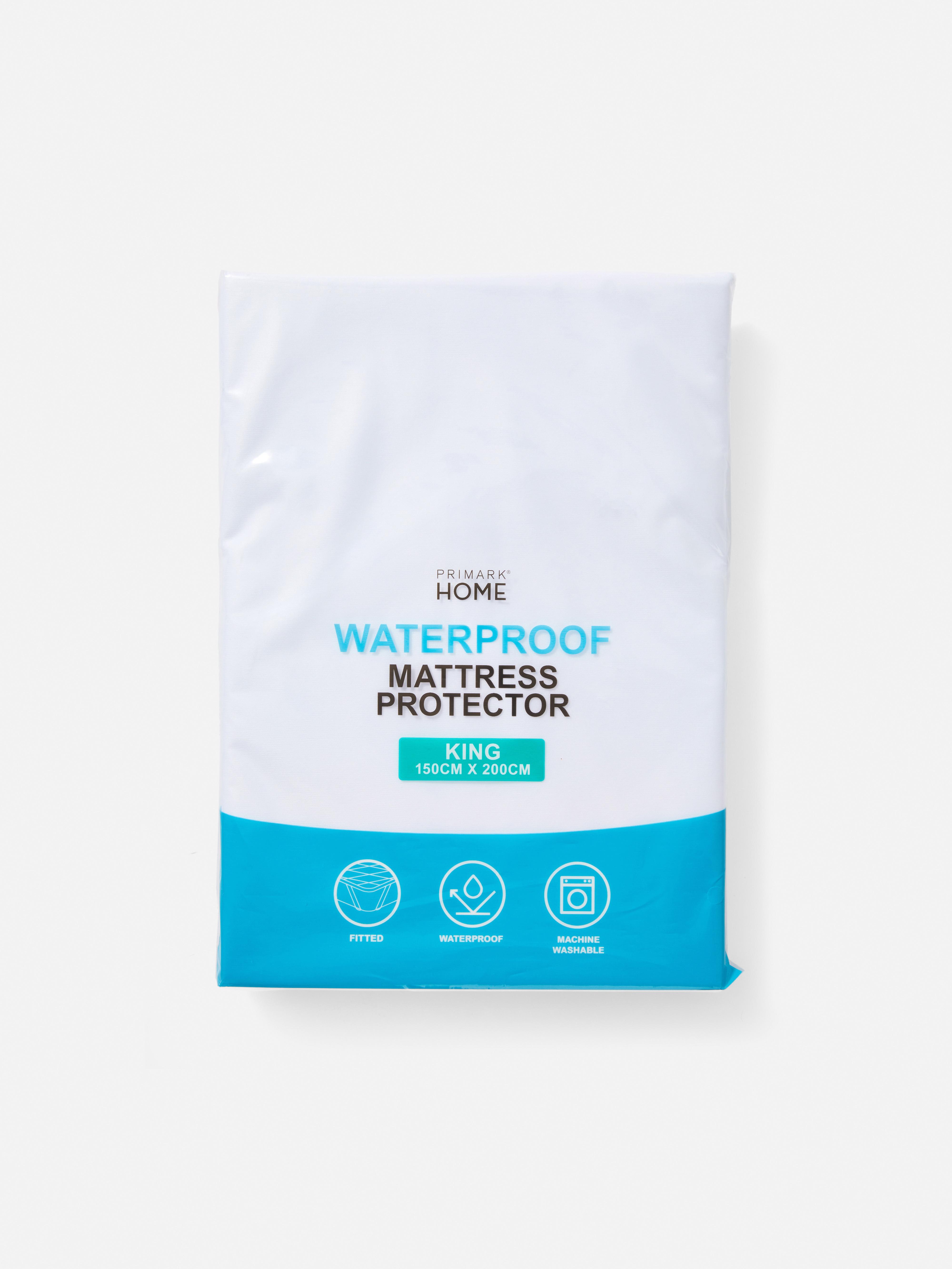
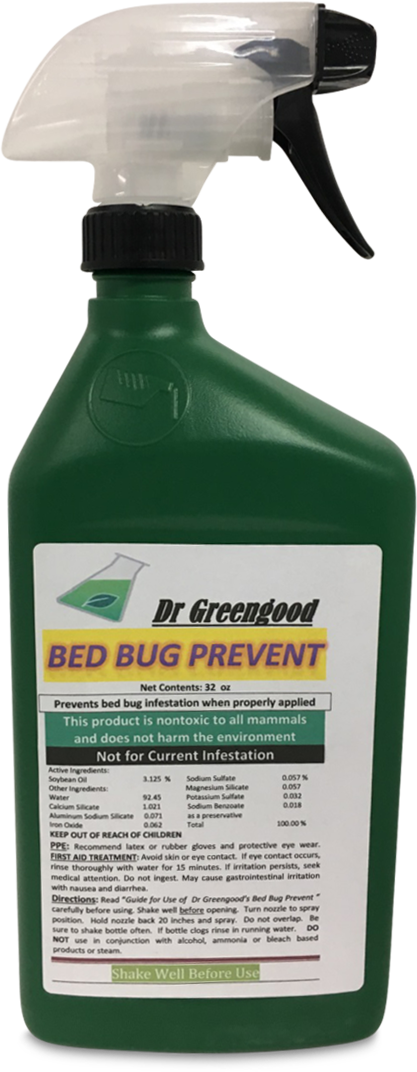
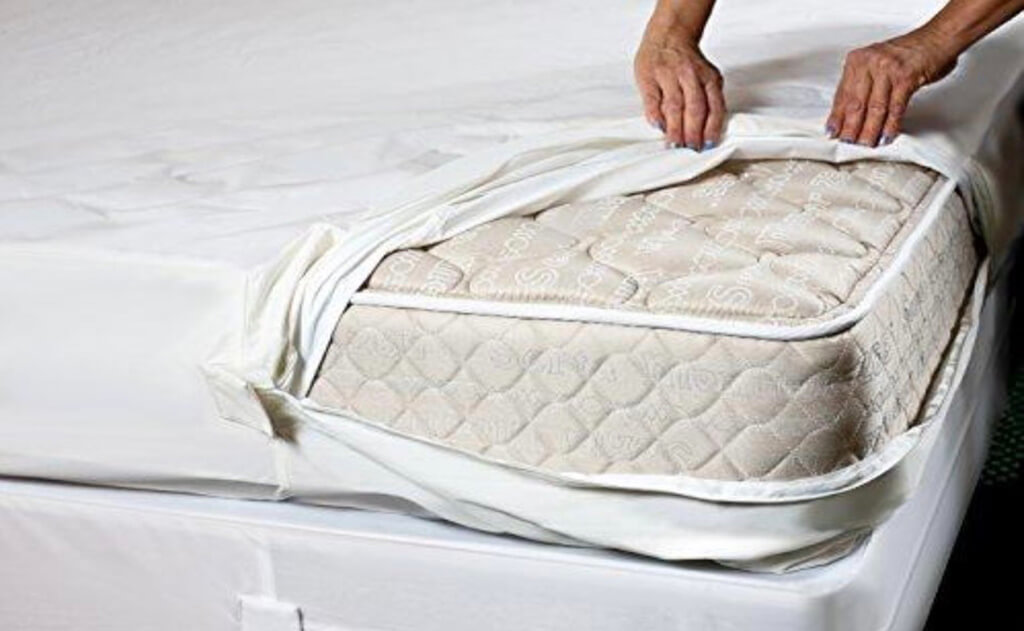
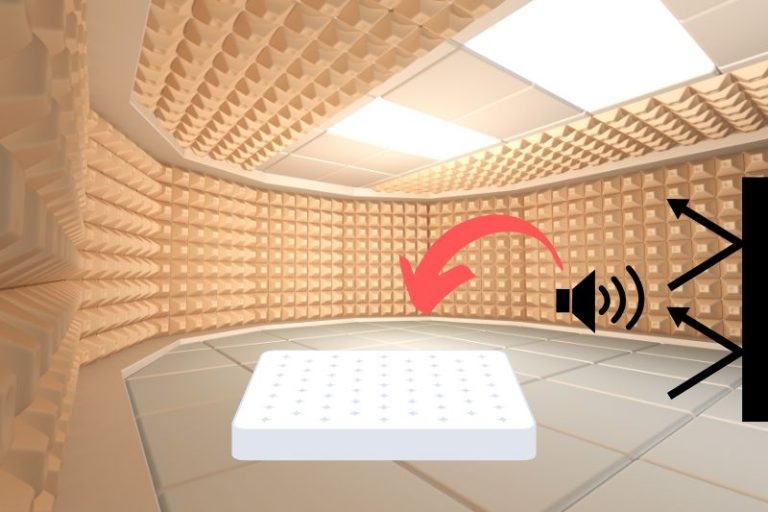
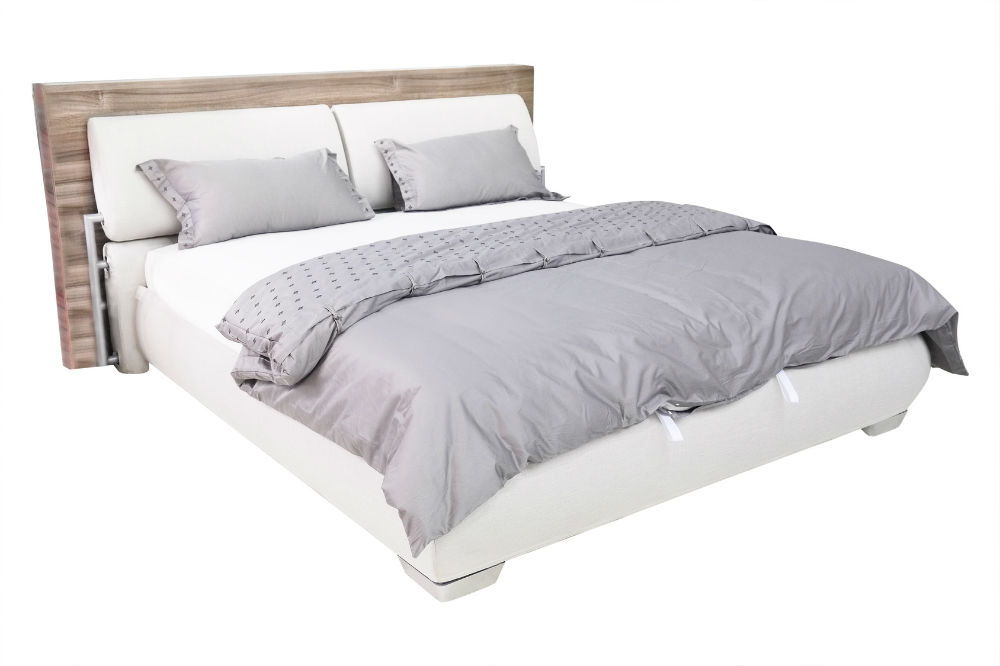
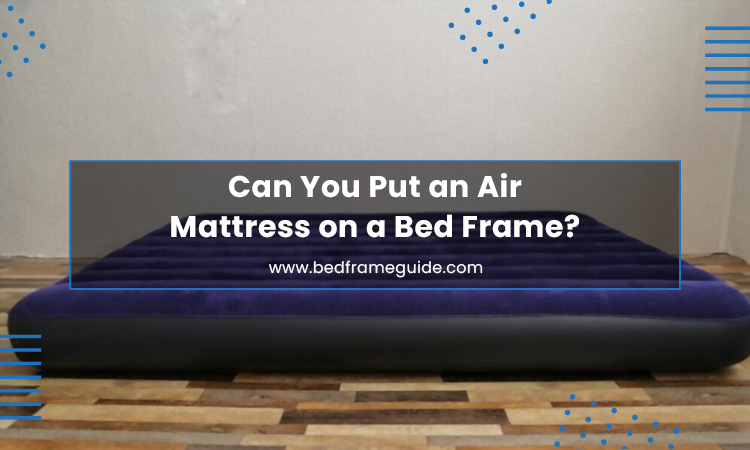









/Bed-bug-control-tips-and-tricks-2656377-e580f433c55a4a98826e429753062084.jpg)
